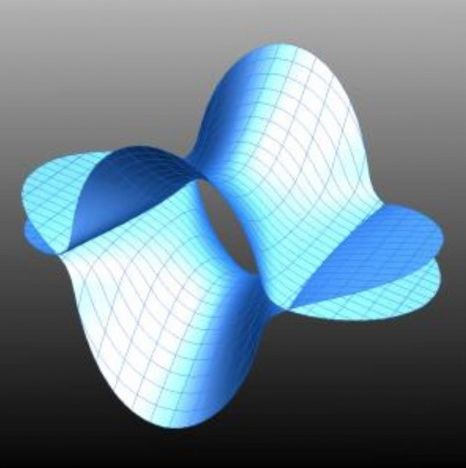Improving energy efficiencies — nice.
The remarkable properties researchers at the Australian National University (ARC Centre of Excellence CUDOS) and the University of California Berkeley have discovered in a new nano-metamaterial could lead to highly efficient thermophotovoltaic cells. The new artificial material glows in an unusual way when headed.
As shown in the image, the metamaterial comprises 20 stacked alternating layers of 30-nm-thick gold and 45-nm-thick magnesium fluoride dielectric, perforated with 260 × 530 nm holes that are arranged into a 750 × 750 nm square lattice.
Thermophotovoltaics typically use a heated object as a source of radiation that is then converted to electricity by a photovoltaic cell. The caveat is that heated object emits light in all directions and over a broad spectral region, which reduces the efficiency of the light-to-electricity conversion. However, “The demonstrated metamaterial emits thermal radiation predominantly in particular directions and [within] a particular spectral region, which could make the conversion more efficient,” says Dr Sergey Kruk at the Nonlinear Physics Centre in the ANU Research School of Physics and Engineering.










Comments are closed.